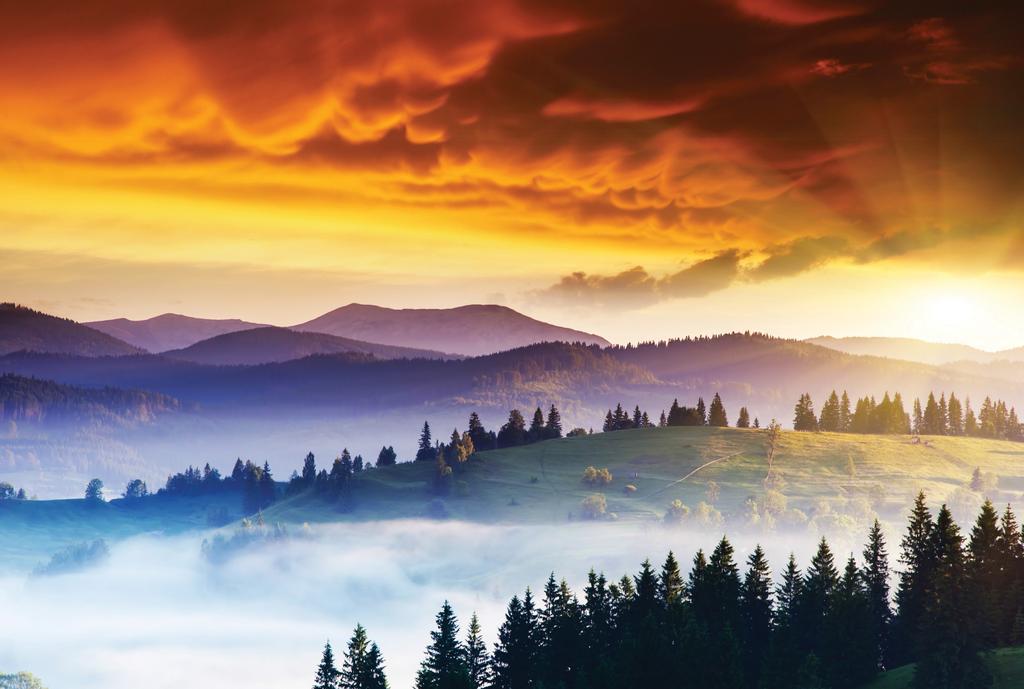UNLIMITED
MASTER MANUAL MODE

Your Nikon camera is more intelligent than ever these days, but despite all the technological advancements one fact is still true – to get the most out of your camera, you need to take full control. Your Nikon DSLR or mirrorless offers many ways to take manual control of settings, including manually setting the white balance and manually selecting an autofocus point in the viewfinder. But when a photographer says that they’re ‘shooting in Manual’ that usually means selecting the Manual exposure mode on the mode dial.
In this extensive camera skills guide, we’re going to give you the confidence to step up and shoot in Manual mode, and help you to take your Nikon photography skills to the next level…

These modes give you limited control, and can be a time saver, but if you want full control you’ll need to use Manual mode
MAKE THE MOVE TO MANUAL
Before jumping into Manual, it’s worth looking at what the automatic and semi-auto modes on your Nikon do, to help you better understand what’s going on. Starting with Auto, the camera does everything for you, taking control of shutter speed, aperture and ISO settings. It will take into account the light levels and lens you’re using, and will assume you’re shooting handheld, attempting to dial in settings that will give you a shake-free shot.
Depending on your Nikon, you may have a few scene modes at your disposal. Like Auto, the camera will take control of your exposure settings, but bias it towards the sort of subject you’re shooting, setting a wider aperture in portrait mode,
You’re reading a preview, subscribe to read more.
Start your free 30 days





